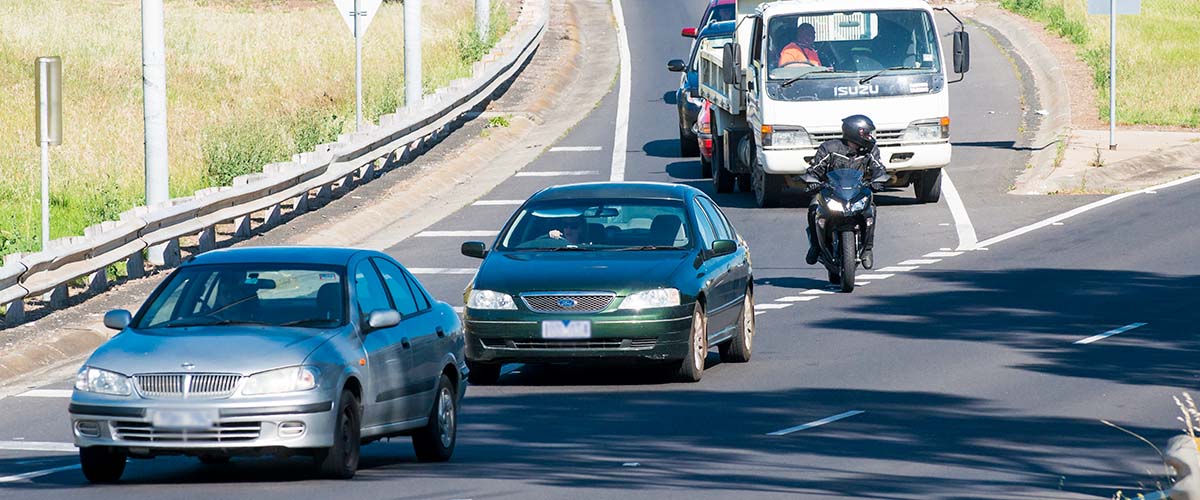New data released today shows a strong correlation between reduced access to primary healthcare in rural Australia and high rates of potentially preventable hospitalisations, as well as highlighting the need for increased investment in rural health care.
The National Rural Health Alliance (the Alliance) is concerned about new rural and remote health data released by the Australian Institute of Health and Welfare (AIHW) which shows potentially avoidable deaths and hospitalisations were two to three times higher in remote and very remote areas compared with major cities. In addition, the number of non-hospital, non-referred attendances per person were lowest in remote and very remote communities.
“The Alliance urgently calls for increased investment in rural health care, given the appalling health spending deficit in rural Australia which has compounded the health problems faced by our rural communities,” said the Alliance Chief Executive Susi Tegen.
“We know the biggest deficits are in accessing primary health care as well as other MBS expenditure and private hospitals from a research report the Alliance released in June 2023, ‘Evidence base for additional investment in rural health in Australia’ compiled by Nous Group. The deficit in accessing primary health care then leads to increased hospital expenditure.
“The Nous report quantified the rural health deficit at $6.55 billion annually. That equates to approximately $850 per person per annum in the context of a population of more than 7 million people living in rural Australia.
“There is clear evidence that per-person spending on healthcare is not equitable, and that this inequity is contributing to poorer health outcomes experienced in rural areas,” said Ms Tegen.
The numbers released today by AIHW confirm that rural areas also continue to have low levels of health workforce and higher rates of burden of disease and preventable death.
The total burden has risen to 200 and 204 disability-adjusted life years (DALY) per 1,000 population for inner and outer regional areas, respectively, and 244 DALY per 1,000 population in remote and very remote areas.
“The Alliance is working with Federal, state and local governments, as well as communities to ensure that we develop solutions which are fit for purpose and sustainable. However, these require innovative thinking, equity and funding flexibility, because a city plan, often does not fit, nor work in rural Australia.
“Current funding models and service delivery arrangements create significant barriers to workforce recruitment and retention, further exacerbating the funding shortfall. Providing rural people equitable services is crucial. The need for greater and more strategic investment in the health of rural Australians is urgently felt and must be addressed. We have a social and economic contract to do so,” concluded Ms Tegen.








